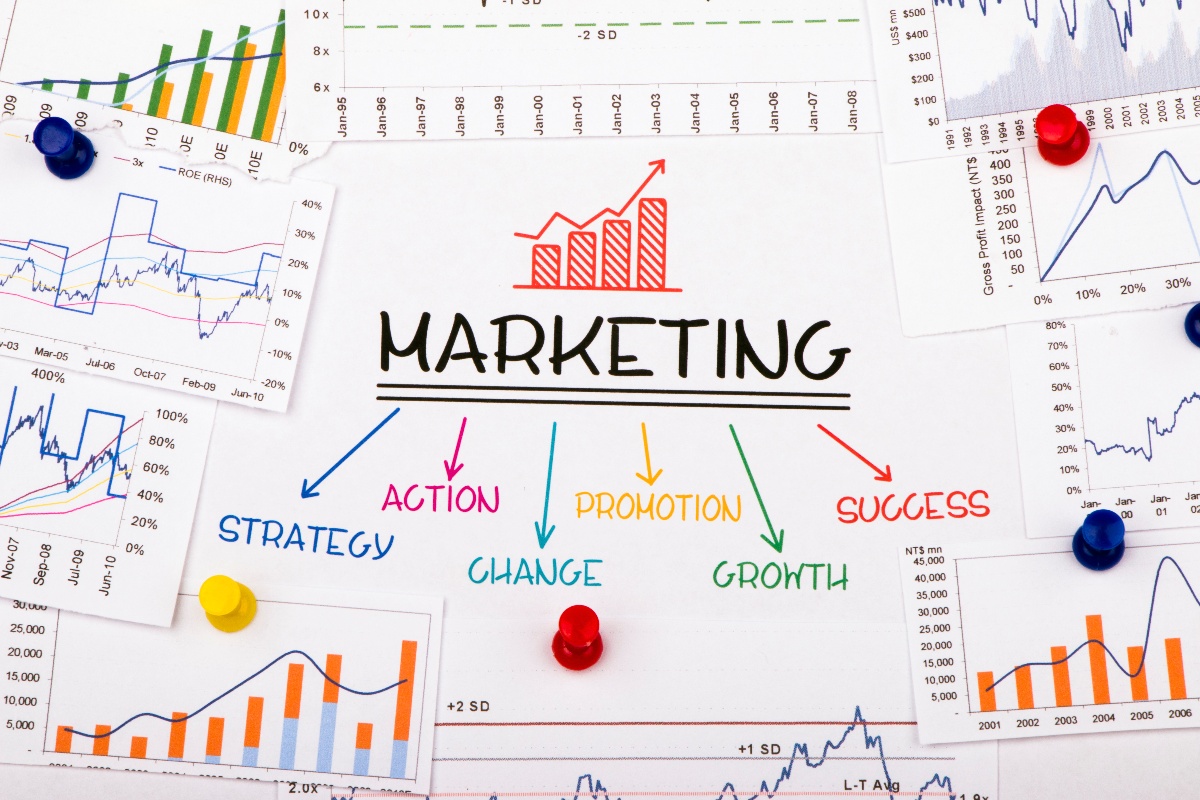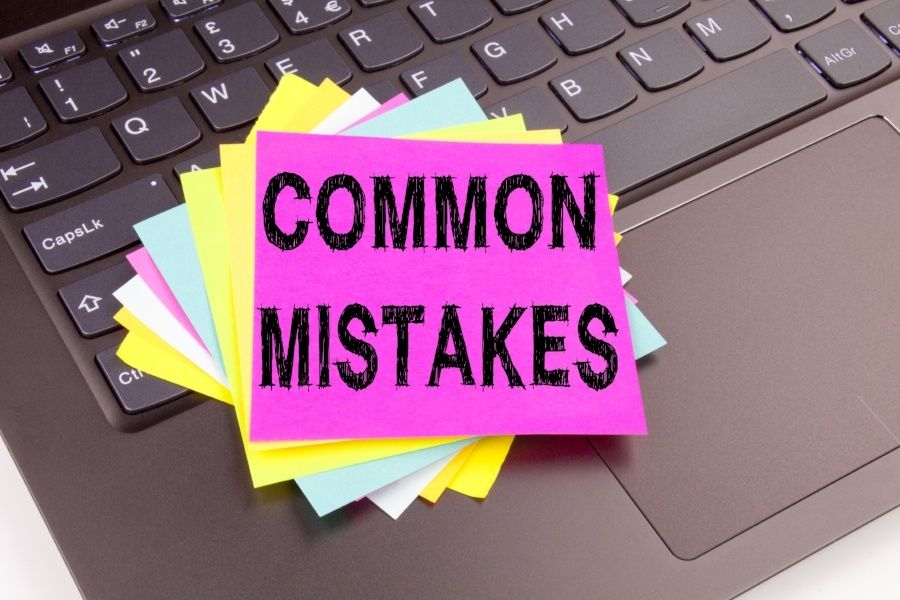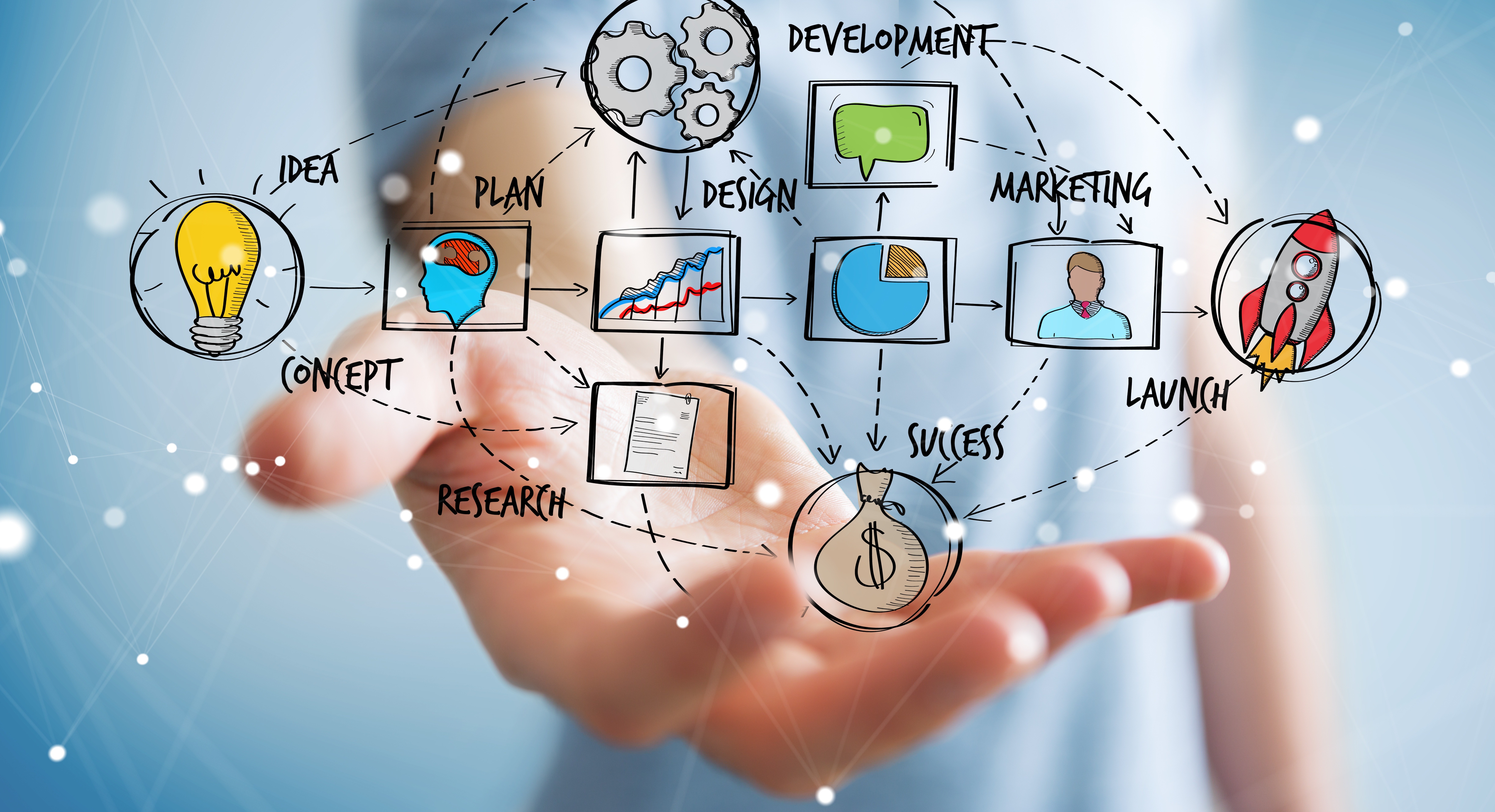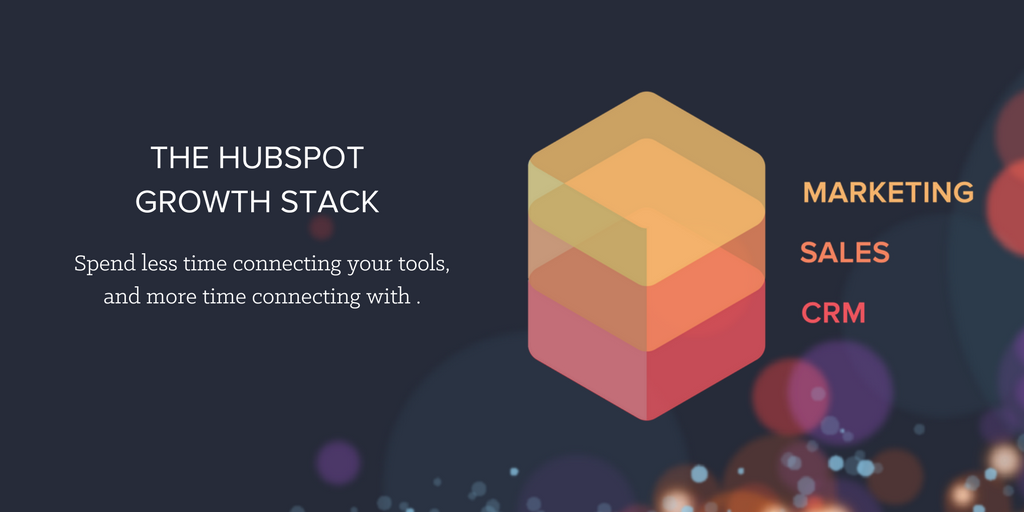
It wasn’t that long ago that we heard about things like Artificial Intelligence and relegated it to Sci-Fi movies and that just-out-of-reach-future.
Now it’s a reality. Chatbots, voice-enabled digital assistants, and personalization from companies like Amazon, Netflix, and Pandora have become part of daily life for many.
Now, smart marketers are finding new ways to use AI to increase their efficiency and return better ROI.
Precision Targeting
It’s already being used in marketing to deliver precision targeting of messages. It is especially useful for things such as programmatic and automatic bidding for digital advertising placement.
Machines can quickly make split-second calculations based on empirical evidence that can grab inventory, such as PPC (Pay per Click), at a more efficient price point. By the time any person could do the analysis, the opportunity would have already passed.
In media buying, for years, it was all about how many eyeballs you could get in front of your message.
Whether it was readers in print, GRPs (Gross Rating Points) for television, or impressions for digital, it was about the mass scale you could achieve. Then, everything shifted to being a one-to-one delivery.
The better you can deliver the right message to the right person at the right time, the better your marketing will perform.
This meant the more data you have about each person receiving these messages, the better you can do. That meant examining more data points than humans could process in real-time.
AI doesn’t replace people in the process. It does, however, give marketers the tools to make better decisions. It takes a collaboration of the deep dive into data A.I. can do and then the human touch to craft the right message.

Better Optimization
It can also test marketing versions and optimize based on actual results. It can make constant tweaks and adjustments as campaigns unfold to serve the best-performing ads.
In addition, AI can look at thousands of data points about individual consumers and serve the marketing message with the best chance of converting. With machine learning, it becomes more efficient the more it is used.
With AI, less is left to gut instinct.
Such information and data analysis allow us to make smarter decisions with better information.
It eliminates a lot of basic work and frees up time for people to handle creative work. A.I. becomes another tool to analyze data and find trends that may not be obvious.
Better User Experience
AI is being implemented by UX (User Experience) designers to optimize the user experience on websites and landing pages.
Incorporating A.I. into the website allows visitors a more customized experience. Like digital ads, websites can be adjusted on the fly to show the content most likely to convert based on users’ individual data and past interactions.
Studies have shown that using AI to deliver personalized content on websites significantly improves performance.
One recent study by Evergage and Researchscape International reported a 63 percent improvement in conversion rates when marketers used AI.
Dynamic Email
Similar strategies can be applied to email content curation. More targeted marketing messages can be delivered by crafting dynamic emails based on past interactions, customer personas, and personal data points.
Analyzing which content is read and which led to interactions, click-throughs, and conversions can continually optimize and deliver the most relevant content. This increases engagement and results.
Chatbots
Chatbots are becoming more commonplace across the internet. Chatbots can access millions of customer data points by being tied to company databases and extensive knowledge bases.
With AI, chatbots can often more effectively serve customers faster and with more accurate information than humans can.
Some AI-infused chatbots have become so good that users have difficulty recognizing whether it’s a real person or not. For many companies, chatbots and live chat have become critical tools.
Users generally don’t seem to care whether it’s a real person or AI as long as the information is correct and fast.
While 57 percent of those surveyed in a Hubspot research report preferred getting content from an actual person, 53 percent said they don’t care whether it’s a person for simple requests – as long as it’s easy to use and fast.
Another study from Ubisend Research revealed that 69 percent of those interviewed said they’d prefer to talk to a chatbot over a person if they could get instant answers to questions. Only AI can respond quickly enough.
Facial Recognition
If you’ve posted pictures of a friend to Facebook or used Google Photos, you will likely notice how often it will accurately recognize people in photos and suggest names or tags.
The AI software that drives this technology has become incredibly accurate. A UMass study reports accuracy often exceeds 99 percent.
Some marketers use facial recognition in their brick-and-mortar stores and track customer interactions online to deliver specific content.
In the future, stores may know when you’ve looked at products online and be able to market directly to you with offers when you visit in person.
Walgreens is testing digital cooler doors with built-in cameras. The idea is to recognize individual customers and serve targeted ads and offers on the cooler door as you pass by.
AI Is Becoming The Norm
55 percent of companies say they are currently implementing – or actively investigating – AI strategies with their marketing efforts. They will expect nothing less from vendors and third-party providers.
Marketers' most common uses for AI have to do with managing the buyer journey. That means serving the right content, handling inquiries and customer services, and personalizing marketing messages to potential customers.
Key Areas of AI Investment & Integration by Marketers
SOURCE: Smart Insights
- Content Research and Creation
- Customer Service / Chatbots
- Personalization/Profiling
- CRM Enhancements & Targeting
- Buyer Journey Optimization
- Search Engine Optimization (SEO)
- Image Recognition
AI allows marketers to better engage with customers at a level they’ve never been able to do before.
With precision targeting, marketers can more effectively deliver the right marketing that has the most chance of converting customers.













